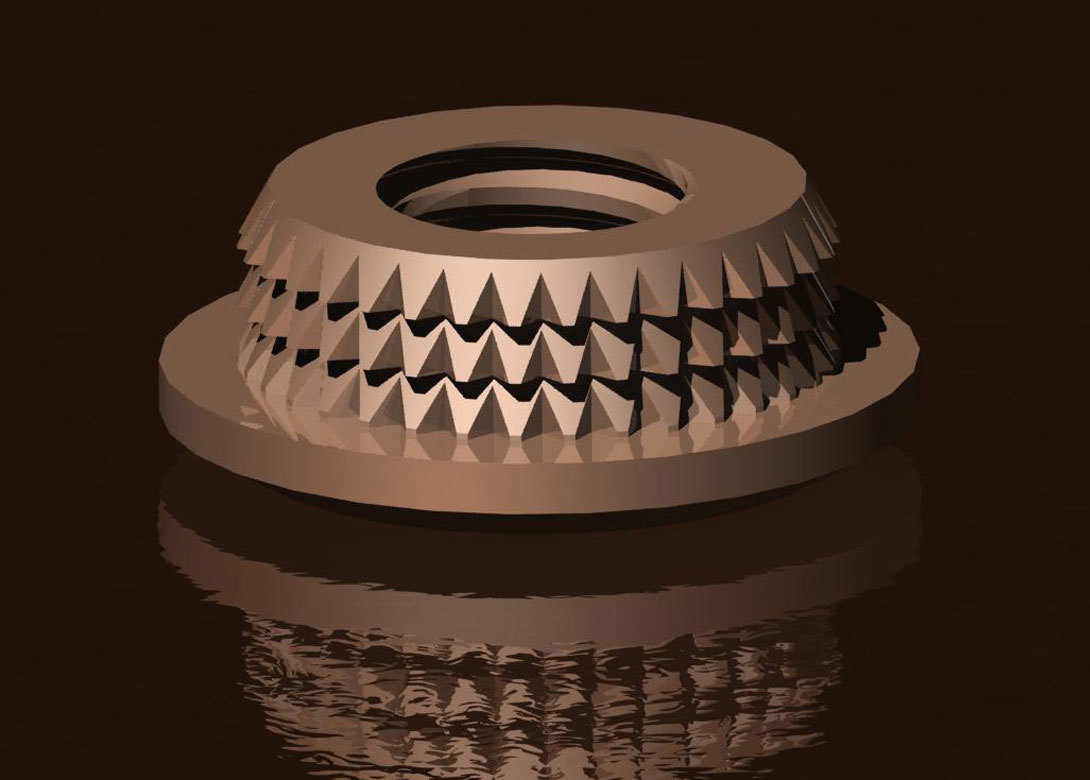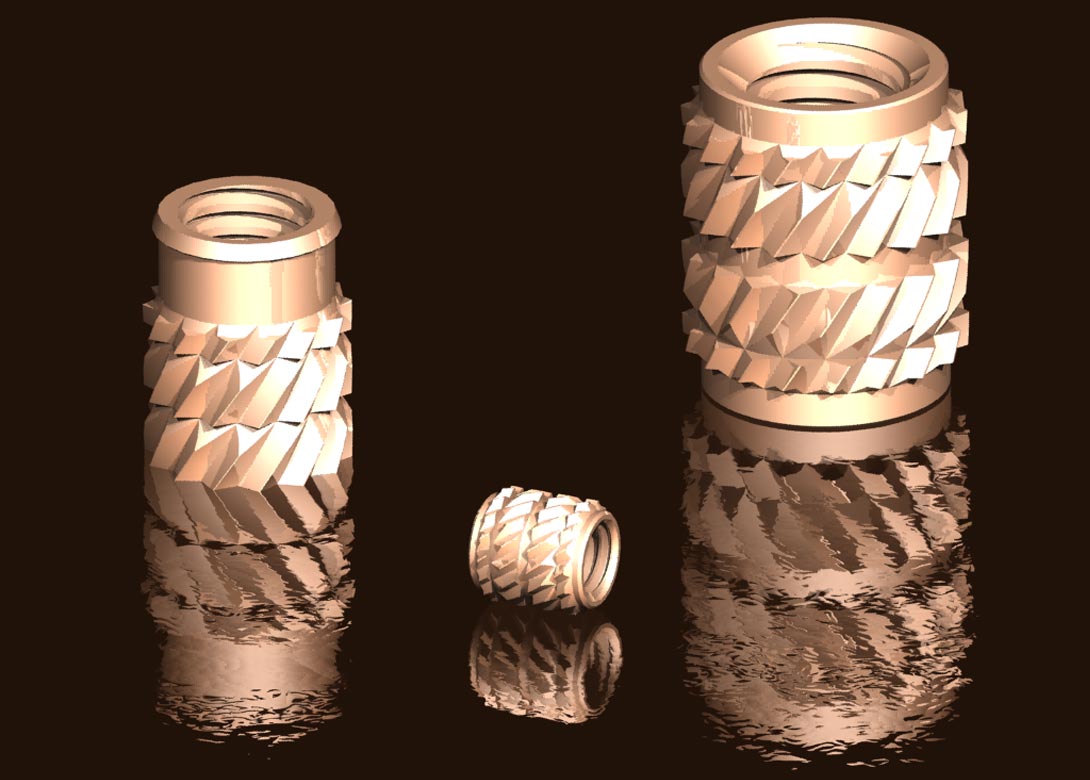
Tappex® is often asked the question: “Which thread insert should I use in my 3D printed prototype?” Before this can be answered, how and why the thread insert is being used needs to be considered.
With more and more manufacturers/OEM’s looking to utilise additive manufacturing processes/3D printing technologies, for both low to medium volume production and prototype parts, high-quality fixings and threads are becoming a necessity in these plastic parts.
Holes in plastics can be drilled and tapped to produce a thread, however the thread will likely be weak and there will always be the risk of cross threading.
Thread forming screws can be used, however they generally only allow the screw to be installed and removed a couple of times before the hole in the parent material fails, which means the screw can no longer grip and provide the necessary clamping torque.
Threaded inserts installed into 3D printed products can offer a better simulation of exact application conditions, thus allowing the user to establish if the thread size is large enough to meet the specified performance requirements.
There are a number of insert styles that can be used with 3D printed prototypes. The most commonly used is the Trisert® range of self-tapping inserts. The Trisert range of brass thread inserts are an excellent general purpose insert that offers both, very good rotational and pull-out performance and doesn’t require costly installation equipment to install. The Trisert self-tapping inserts will tap their way into most engineering plastics (filled or un-filled thermosets and thermoplastics).
Tappex also manufactures a range of case hardened steel and stainless steel Triserts, should an application have environmental considerations. For very low volume applications, Trisert thread inserts can be installed using a nut and bolt.
Tappex manufactures (in-house) a range of hand tools to suit the Trisert range of thread inserts. Generally available from stock, its hand tools offer an in-expensive installation option for low to medium volume applications. The hand tools will ensure correct, consistent and repeatable installation of the Trisert thread inserts.
The Trisert is also a good choice of insert, if volumes are likely to increase. They are very competitive in price and the Tappex® Flexi-arm installation machine is available for higher volume applications.
Also available, Multisert® inserts are also a general purpose insert and can be cold pressed, heat installed or ultrasonically installed into a wide range of engineering thermoplastics. One thing to consider when planning to use the Multisert insert, is whether the 3D printed product can be held flat whilst the insert is pressed/installed into the parent material. Sometimes it can be difficult to ensure that the moulding is held perpendicular to the insert, during installation.
Multisert thread inserts can be installed using a Fly press, Arbor press, Tappex heat inserter, or even in some cases a soldering iron can be utilised. This is not ideal or recommended, however, in some cases customers drop an insert into an oversized hole in the parent material, with a drop of superglue.
Tappex says its website offers a guide to hole dimensions for each of the inserts that it can offer. The hole size required in the material will vary depending upon the parent material. Tolerance will also need to be taken into consideration for the 3D printing machine that is being used.
As a UK manufacturer, trading since 1956, Tappex offers extensive technical support, from design stage, right thorough to series manufacture. In the first instance, small numbers of samples can be provided for prototyping purposes, and prior to manufacture it has in-house applications engineers that can perform pull-out, or application torque tests to confirm suitability of the thread inserts for a chosen application.


Having spent a decade in the fastener industry experiencing every facet – from steel mills, fastener manufacturers, wholesalers, distributors, as well as machinery builders and plating + coating companies, Claire has developed an in-depth knowledge of all things fasteners.
Alongside visiting numerous companies, exhibitions and conferences around the world, Claire has also interviewed high profile figures – focusing on key topics impacting the sector and making sure readers stay up to date with the latest developments within the industry.
Don't have an account? Sign Up
Signing up to FastFixTechnology.com enables you to manage your account details.